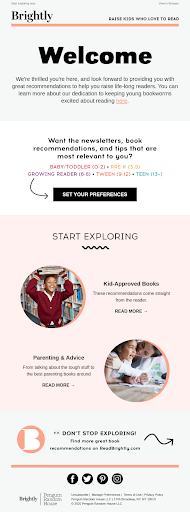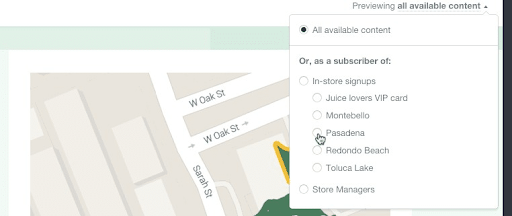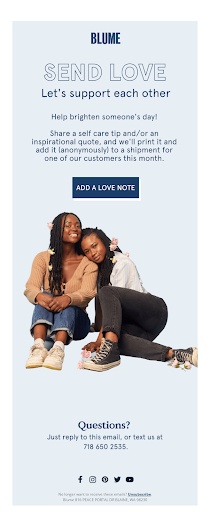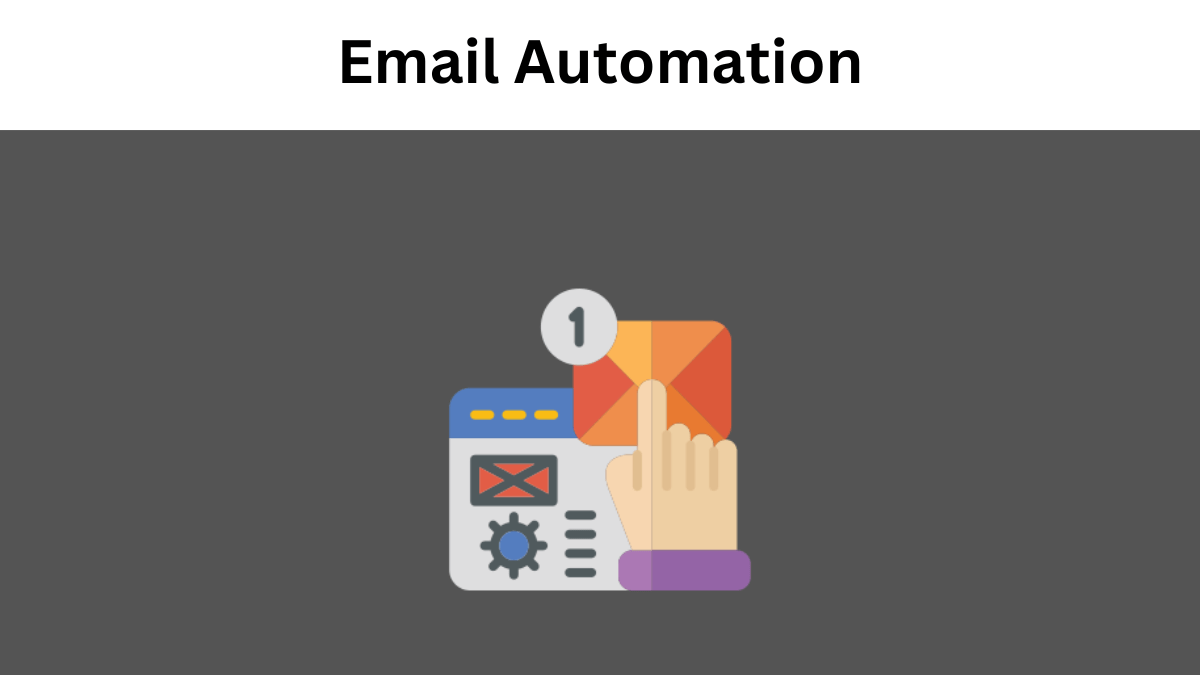The Role of Automation in Transactional and Marketing Emails
Consider the emails you receive every day: transaction confirmations, newsletters, and promotional offers. Ever wonder how businesses handle such volume and precision?
The trick is in automation. It expedites the procedure and tailors the communication to your interests.
Contents
What is the true impact of automation on transactional and marketing emails? How does it affect how businesses connect with you? Let’s look at some insights that might affect the way you see your email.
What is Email Automation?
Email automation automatically sends emails to clients or prospects based on a schedule or triggers. The point isn’t to spam your mailing list; it’s to send clients personalized messaging based on their behavior.
This technique focuses on timing, precision, and customization. You do not manually create and send each email. Instead, you create a system that handles the heavy lifting for you. This ensures that your emails are sent to the correct recipients at the appropriate time.
Automation is not limited to large organizations. Whether you are a small business or a corporation, you may use this tool to improve your email marketing.
Functionality of Automation in Transactional and Marketing Emails
Email automation works in a systematic way. After a potential customer visits your website and fills out a form, they’re added to your contact database.
You can segment your contacts based on specific criteria like location, interests, and behavior. This allows you to personalize your communication and send relevant content to the right people at the right time.
Next, you create your email campaigns. You’ll set rules and schedule when you want your emails to be sent out. Depending on your marketing strategy, these rules can be as simple or complex as you want. You’re in control of the whole process, ensuring that your emails hit their mark.
Distinguishing Marketing and Transactional Emails
Marketing and transactional emails each serve unique purposes in your communication strategy.
Marketing emails are promotional in nature and aim to drive engagement and ultimately, conversions. They’re typically sent in bulk to a list of subscribers who have opted in to receive these communications.
Examples of marketing emails include newsletters, sales promotions, and event invitations.
Transactional emails, on the other hand, are triggered by specific actions your customers take. They provide crucial information related to a customer’s transaction or account activity.
Examples of transactional emails include order confirmations, password resets, and shipping notifications.
- Marketing Emails – These are sent to your subscriber list and can be scheduled and automated to align with your marketing campaigns.
- Transactional Emails – Send transactional emails as automated responses to your customers’ actions. They help build trust and provide important information.
While marketing emails aim to promote, transactional emails aim to inform. Both are crucial for a comprehensive email strategy.
Types of Automated Emails and Triggers
Automated emails are tailored to specific actions, behavior, or events – the triggers.
Welcome Emails
These are triggered when a new user signs up for your service or newsletter. It’s your first interaction with the user, and it sets the tone for your relationship. It’s your chance to make a great first impression, so ensure it’s friendly and informative.
Abandoned Cart Emails
These are triggered when a customer adds products to their online shopping cart but doesn’t complete the purchase. This is an opportunity to remind them about their unfinished transaction and perhaps offer a discount or incentive to encourage them to complete the purchase.
Re-Engagement Emails
These are prompted when a user hasn’t interacted with your website or service for a specific period. It’s your chance to win them back with tailored offers or content and remind them why they signed up in the first place.
Benefits of Email Automation
Email automation increases engagement rates. By sending relevant, personalized content at just the right time, you’re more likely to capture your audience’s attention and promote interaction. This, in turn, can boost your revenue generation.
Additionally, it enhances the customer experience. Automated emails can provide timely and useful information, helping to build a stronger relationship with your customers.
Email automation can also significantly save your time and resources. Instead of manually crafting and sending each email, automation allows you to set up a series of emails once and let them run. This frees up your time to focus on other critical areas of your business.
Implementing Automation in Email Marketing
Consider these three steps to get started:
- Choose your platform. Find an email automation platform that fits your needs. Look for features like intuitive design capabilities, detailed analytics, and segmentation options.
- Set up your emails. Design your emails and input your content. Make sure your emails are mobile-friendly and visually appealing. Include clear calls-to-action and personalization elements.
- Determine your triggers. Decide which actions will trigger each email. This could be a new subscription, a purchase, or a period of inactivity.
Effective Email Automation: Best Practices for Engaging Your Audience
These practices can significantly revamp your email marketing strategy.
Optimizing Initial Contact Emails

Your opening email should convey your brand’s identity, and show genuine interest in your new contact. Please keep it simple and welcoming.
Express appreciation for their interest, and set expectations for what they’ll receive from you. You should also provide a brief overview of what your business offers. But, don’t bombard them with too much information. Please keep it simple and relevant.
Always include a clear call to action. Whether it’s directing them to your website, a special offer, or your social media platforms, make it easy for them to take the next step.
Segmenting and Personalizing Your Database

Start by categorizing your contacts based on their interaction with your brand, their preferences, and their purchase history. This allows you to create personalized emails that resonate with each individual.
For instance, a customer who frequently purchases kitchenware may be more interested in your new line of cookware rather than bedroom furniture.
Your emails shouldn’t feel like mass-produced ads, but rather personalized messages that show you understand and value your customers’ unique needs and wants.
Balancing Sales and Value Content

Here’s how you can balance it right:
- Mix your content. Don’t make every email a sales pitch. Include educational, entertaining, and insightful content that adds value to your audience’s life or work.
- Understand their needs. Use your analytics and data to understand what your audience wants and needs. This helps in crafting valuable content.
- Create a schedule. Plan your email calendar to have a healthy mix of both sales and valuable content.
- Engage more. Instead of hard selling, engage with your audience. Ask them questions, invite feedback, or start a conversation. This fosters a positive relationship, making them more receptive to your sales emails.
The Bottom Line
Automation in both transactional and marketing emails can significantly boost your efficiency and effectiveness. It’s not just about sending emails faster, but about reaching the right people with the right message at the right time.
Whether you’re confirming an order or personalizing a marketing campaign, automation makes it easier and more productive. It’s a powerful tool that can give your email strategy the edge it needs.
